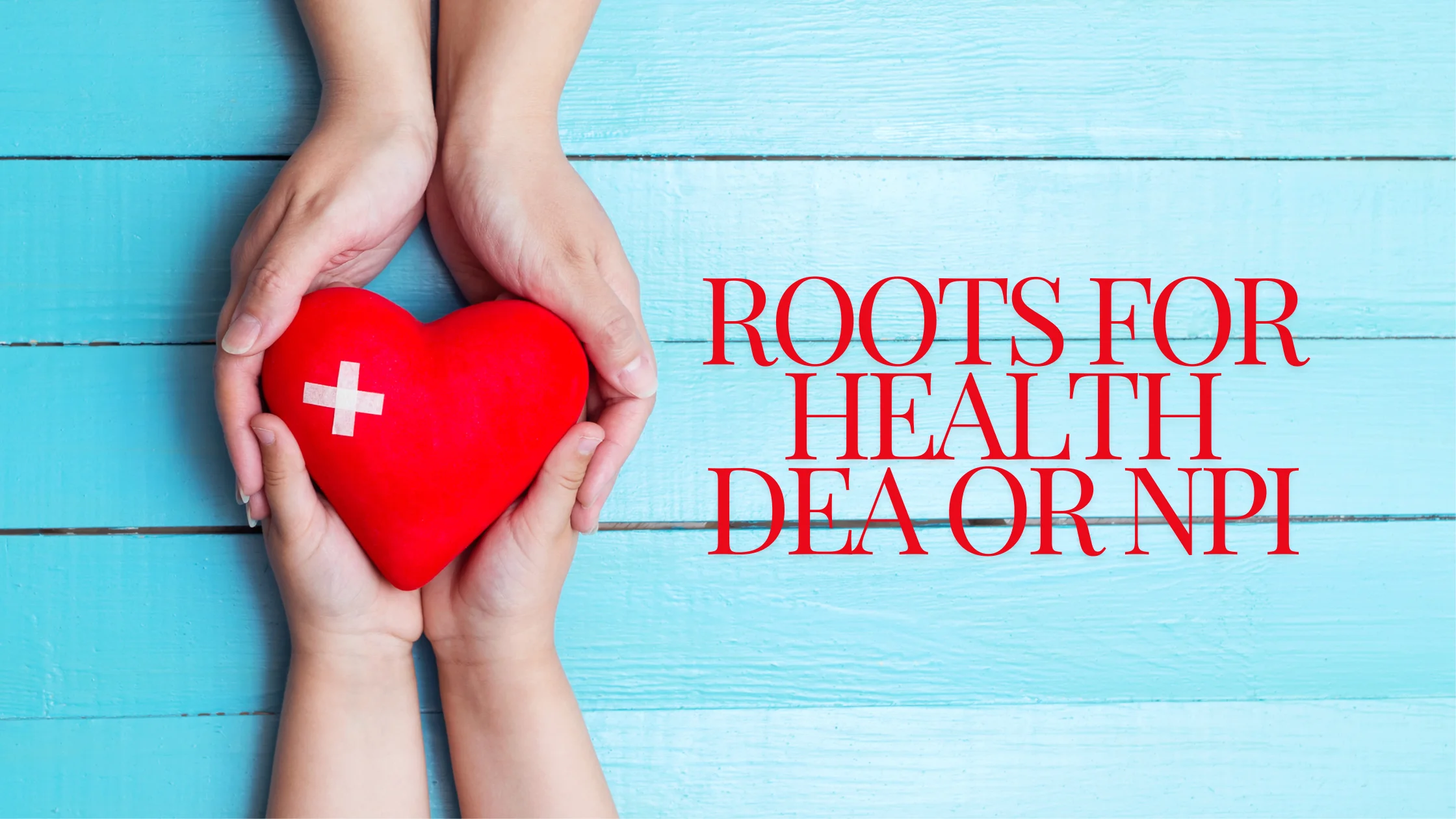- March 10, 2025
The Digestive System Explained

It’s not too often that we’re able to find an article that explains the human digestive system as simply as this, yet so explicitly. But Dr. Sara Hart has written an article that I think should be required reading for anyone who wants to understand the “second brain”.
Not only does she talk about the large numbers of bacteria in our body in different locations, but she also discusses what happens when the numbers go out of whack. I think her most important sentence is “Nourish your body with proper nutrition, get the most from your food by supporting optimal absorption and keep the core strong to support your optimal health.”
Whether you enjoy Chinese, ayurvedic or biological medicine, or homeopathy, they all look at digestive problems when they’re trying to figure out how to keep the entire body healthy.
Gnawing, aching, distended, pleasantly full or completely quiet, our digestive system is always working on something and can provide us with constant feedback on the state of our foundation of health. Increasing awareness of our core health will assist our connection to know what makes us challenged and what makes us thrive!
Our inner world is as complex and diverse as our outer world. When it comes to our microbial world, we have more micro-organisms in our bodies than our own human cells! For anyone who has examined micro-biology or the world even smaller still of nanobiology, we can see that there are countless organisms that facilitate nearly every aspect of our biological activity. We have lots of critters to thank for our ability to exist at all.
While microflora covers every surface of the body, there are high numbers of them in the digestive system and this is where they assist or harm our health the most. Bacteria in the mouth start the journey into the body. Imbalances here are known to relate to cardiovascular disease. The esophagus has bacteria and yeast all throughout the mucosa and assists or impairs the transit down into the stomach. In the stomach, high levels of hydrochloric acid make this an inhospitable environment for critters. Yet, many people suffer from H. pylori infection and other stomach imbalances that result from inadequate acid in the body.
The small intestine should have very small populations of bacteria as it normally “cleans” itself out every day with dramatic peristaltic movements. Problems here are often due to small intestine bacterial overgrowth (SIBO), which impairs our nutrient absorption. The large intestine is the domain where organisms of all shapes and sizes thrive. They assist the final breakdown of our foods, manufacture our vitamins and when living in a symbiotic balance will protect us from the disease. Imbalances here result in gas and bloating as well as the condition known as irritable bowel syndrome (IBS) that can severely impair a person’s health.
Although not directly connected, the uterus and bladder are subject to the same microflora of the digestive tract. Overgrowth in these departments can result in infection, pain, discharge, and frequent urination. When treating disorders in the urinary tract and reproductive organs, we must also look to the flora of the intestines to assure we’ve addressed the root of the issue. Read the rest of the story at Go With Your Gut.


- March 5, 2025

